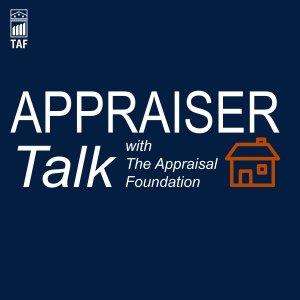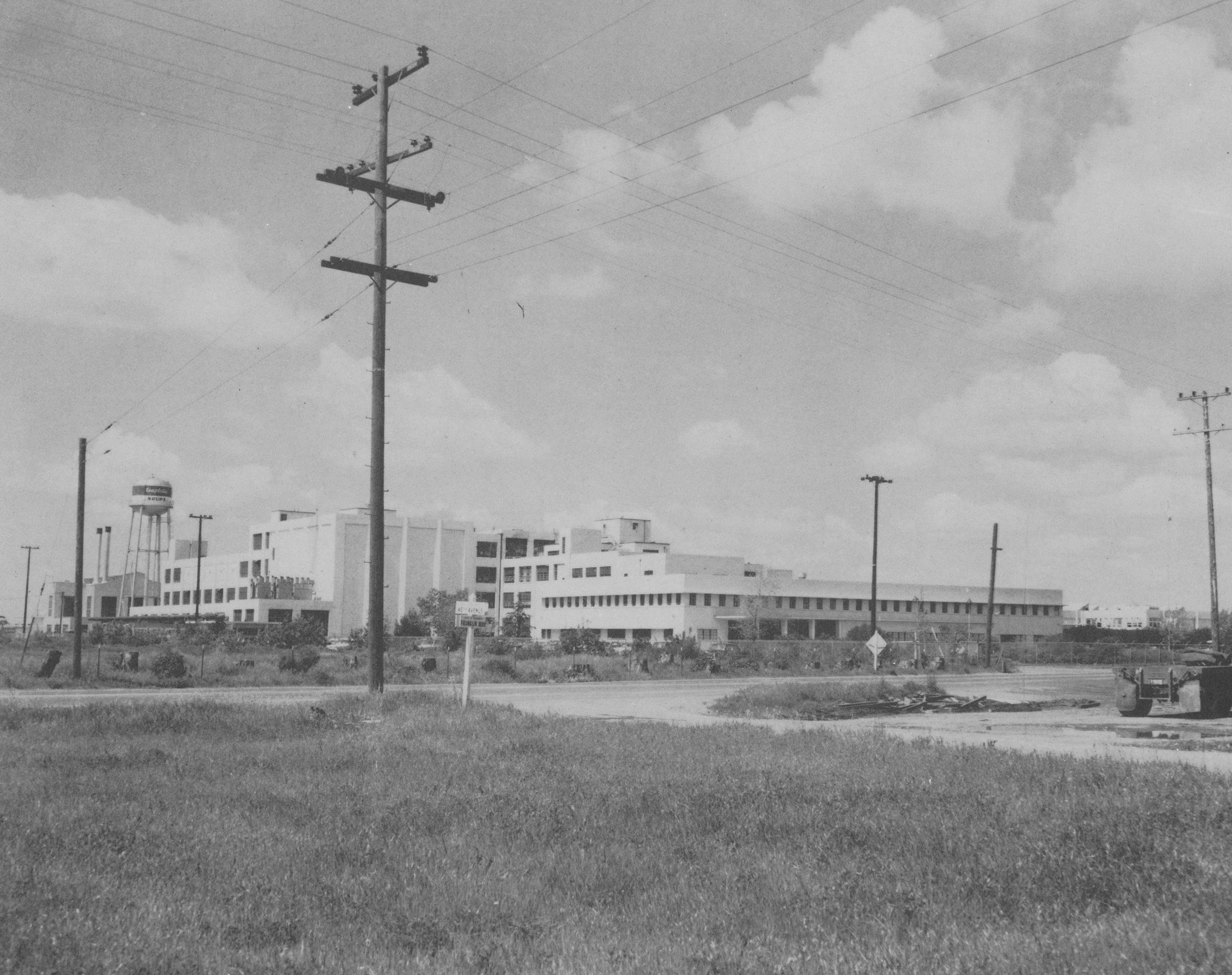I’ve always loved planes. Doesn’t everybody? Oh sure, I have a special affection because my father was an aviation engineer who used to take me up to the cockpit to meet the pilots in the good ol’ days when flying was still an adventure and a luxury. And in my mom’s family, my favorite uncle was a private pilot who used to fly into family reunions practically glowing with glamor and charm. To this day I will stop anything to watch a vintage airplane sputter or purr across the sky and — of course — I can recognize by sound many aircraft engines before the plane itself comes into view.
Can you imagine how excited I was by a request to appraise a handful of Aeronca planes, circa mid-40s, in the Sacramento Valley? And oh yeah, the owner also had some farm equipment — along with a fleet of collector corvettes!
The only glitch in my appraising these vintage airplanes? I’m not an airplane appraiser. And I’m certainly not an appraiser of vintage airplanes! Yes, I am an accredited Machinery & Technical Specialist (MTS) with the American Society of Appraisers. The MTS discipline, however, includes several distinct specialities: Aircraft, Computers & High-Tech, Cost Surveys, Industrials, Marine Survey, Mines & Quarries, Oil & Gas, and Public Utilities, and Machinery & Equipment (M&E), which is my particular speciality.
But was I going to turn away this opportunity to inspect a collection of vintage airplanes practically in my own back yard? Of course not!
One of the advantages of being part of an international appraisal organization like the ASA is — as I’ve said before — the depth of experience available through my colleagues. I made a few phone calls and was almost immediately in touch with Richard Smith, ASA, one of the world’s premier aircraft appraisers, who just happens to be located in Southern California. Luckily, I reached him just after his return from Paris and before he headed out to South Africa. DId I mention he’s an international expert on aircraft? He was very excited about the inventory we were going to be appraising and was able to expediently shoehorn northern California into his schedule.
I picked Richard up at the Sacramento airport & we drove over to the private airstrip and hanger where the Aeronca Champs, Sedans & Chiefs awaited for appraisal, along with a 1930 Stinson in an advanced stage of restoration. An amazing collection of planes!
Over lunch, Richard and I chatted about appraisal aspects related to unique aircraft such as the ones we were in the midst of inspecting. I’m endlessly amazed at what a Sacramento equipment appraiser is likely to uncover in someone’s barn. The bonus is being able to work with someone like Richard Smith and learn so much. My Accredited Senior Appraiser designation qualifies me to pretty much appraise any kind of equipment: I just need to find an expert if I’ve not already familiar with a particular subject asset. And through the larger organization of the American Society of Appraisers, it’s easy to find an appraisal expert in any particular field who’s willing and often excited to share knowledge and information with me.
Richard, for example, took the first step toward aircraft appraisal decades ago. He began his working career on the production floor of McDonal Douglas Aircraft in Long Beach, CA. Later, he graduated from Pepperdine Law Law School, and like so many folks in the aviation industry, he never really left it. His entire career has been devoted to his passion for flight.
According to Budd Davisson over at airbum.com, “When it comes to picking their favorite post-war trainer, most folks fall into line behind one of two airplanes: The [Piper] Cub or the [Aeronca] Champ. … the only classic of the period to give the Cub a run for its money in the learning-to-fly game.” I didn’t think to ask Richard which side of the Cub/Champ line he came down on, but his enthusiasm and delight in inspecting these planes was obvious.
Since I’ve never learned to fly, I can’t speak to this issue personally either, but the aircraft owner we appraised these fine Aeroncas for obviously came down firmly on the side of the Champ. Most of the planes were flyable, a few were in restoration process (the Stinson, for one) and some of the others were mostly frame & parts. Of course, these frames and parts retain a great deal of value due to anyone restoring this kind of aircraft, either individual collectors or museums.
I’m looking forward to seeing Richard’s appraisal values and discussion of these vintage airplanes and incorporating everything into the overall equipment appraisal report along with the farm equipment and automobile appraisals. And I look forward to future airplane appraisals, working with an ASA Aircraft Specialist.
Jack Young
Airplane Aficionado
NorCal Valuation




